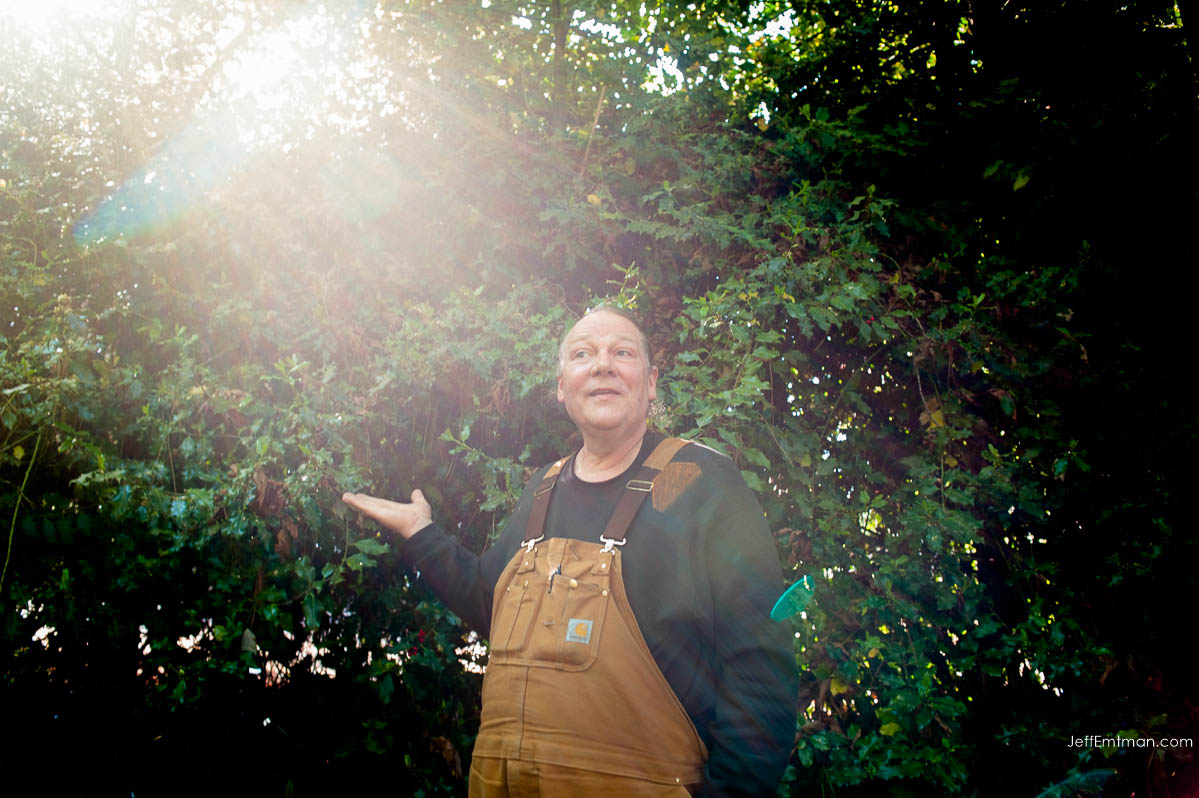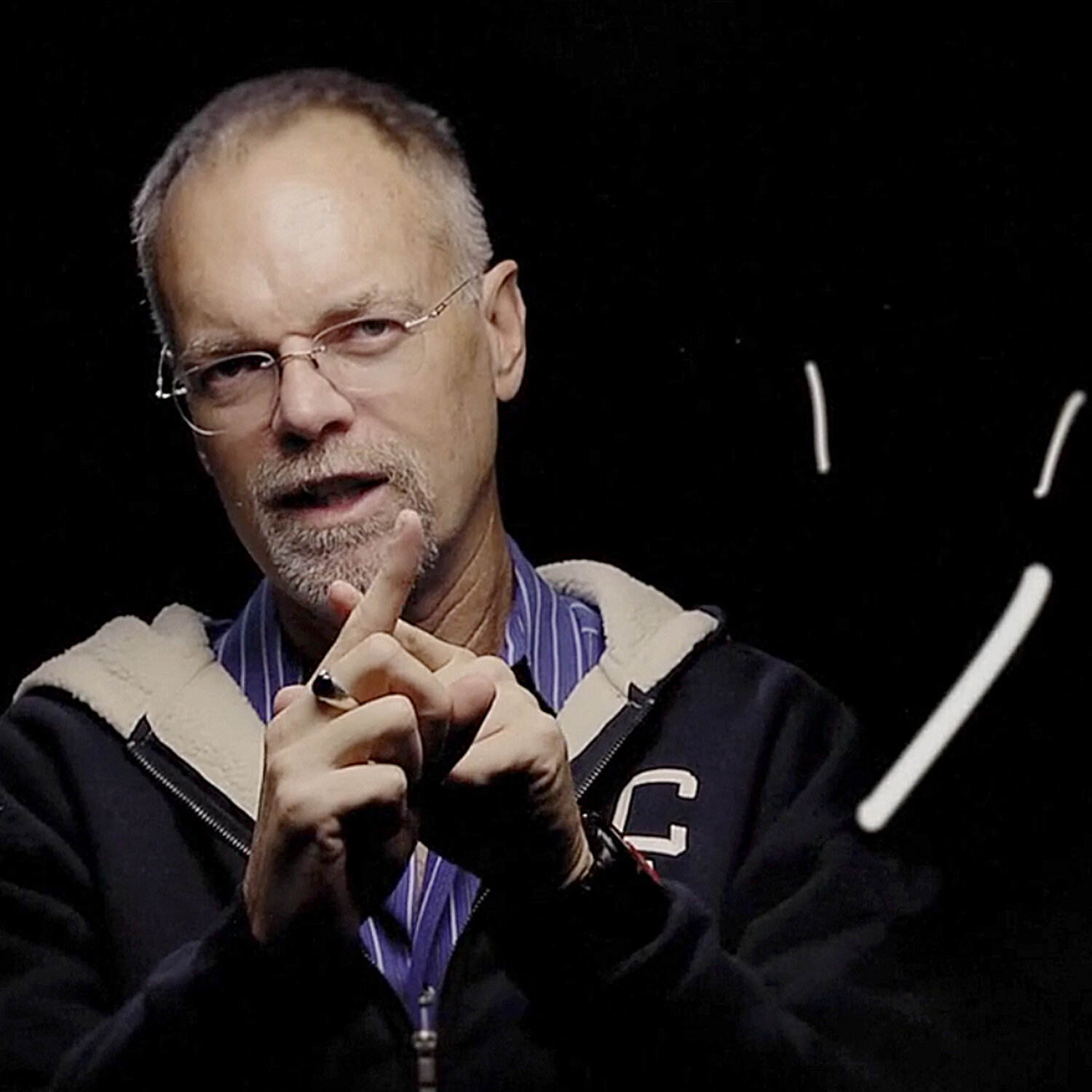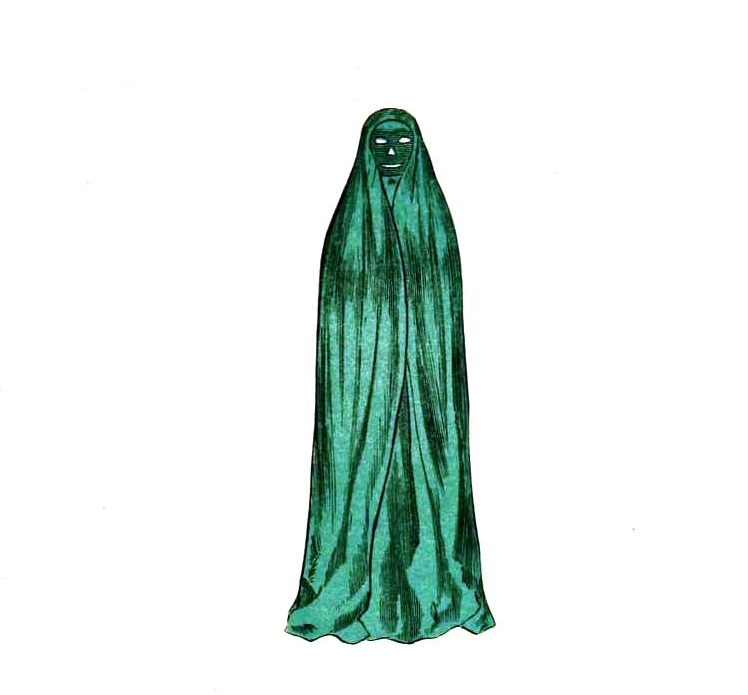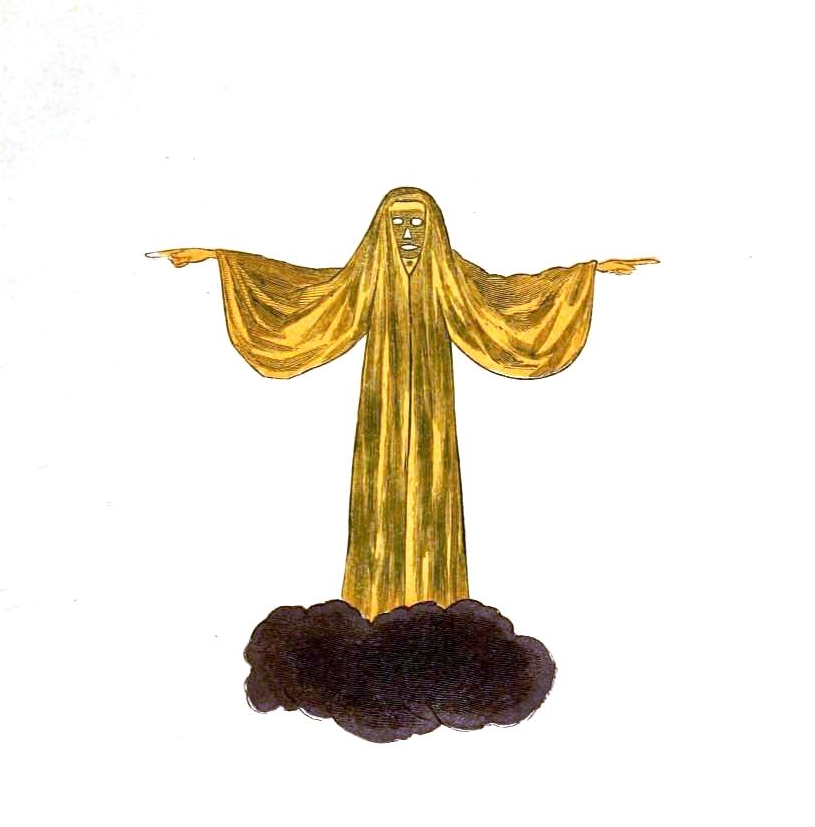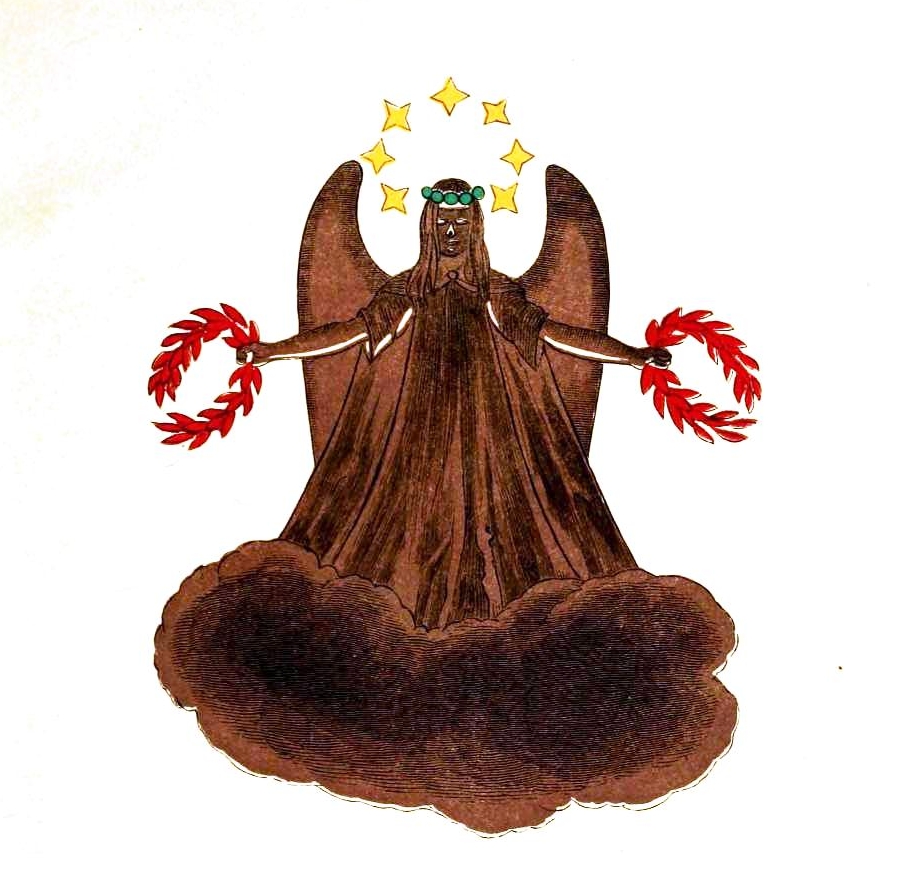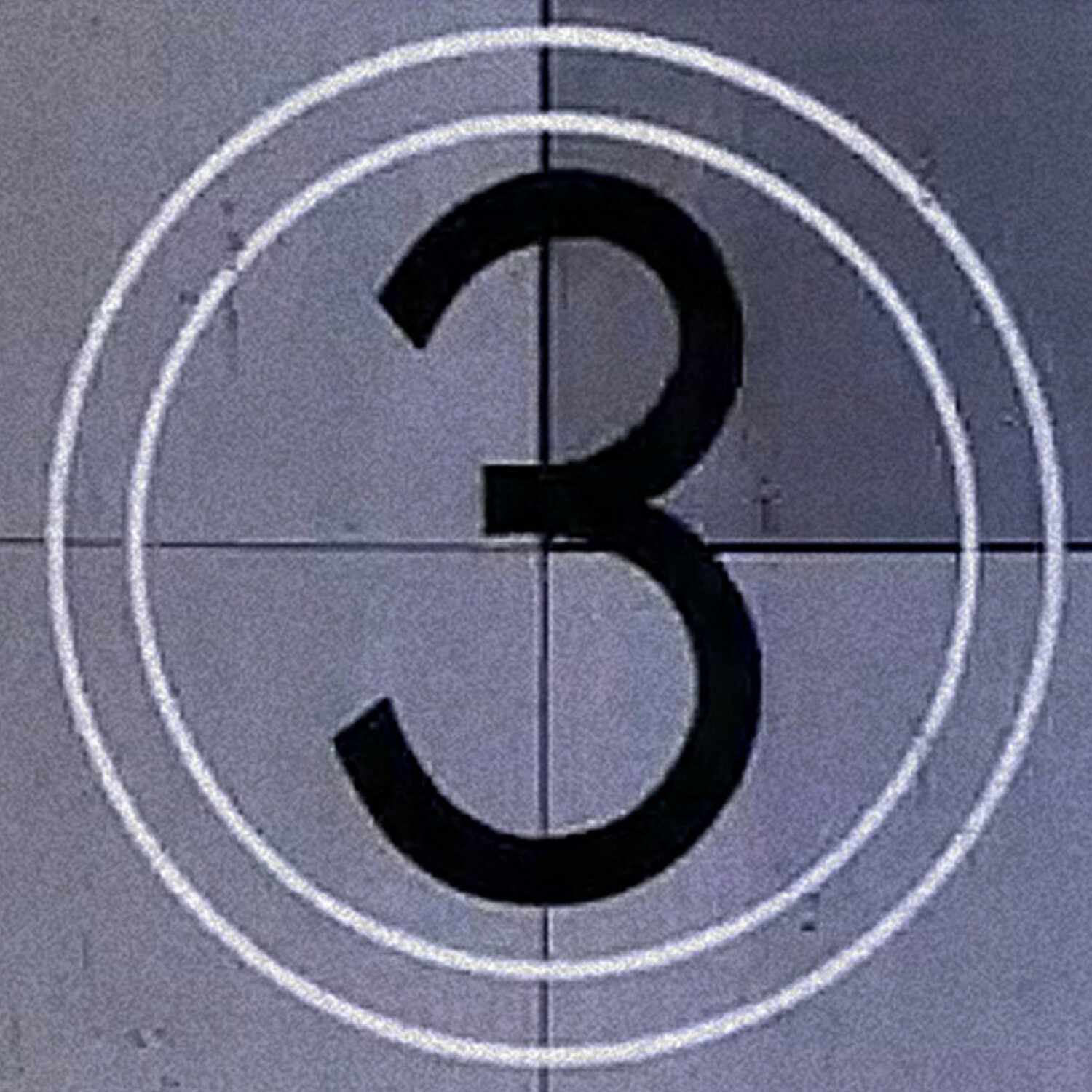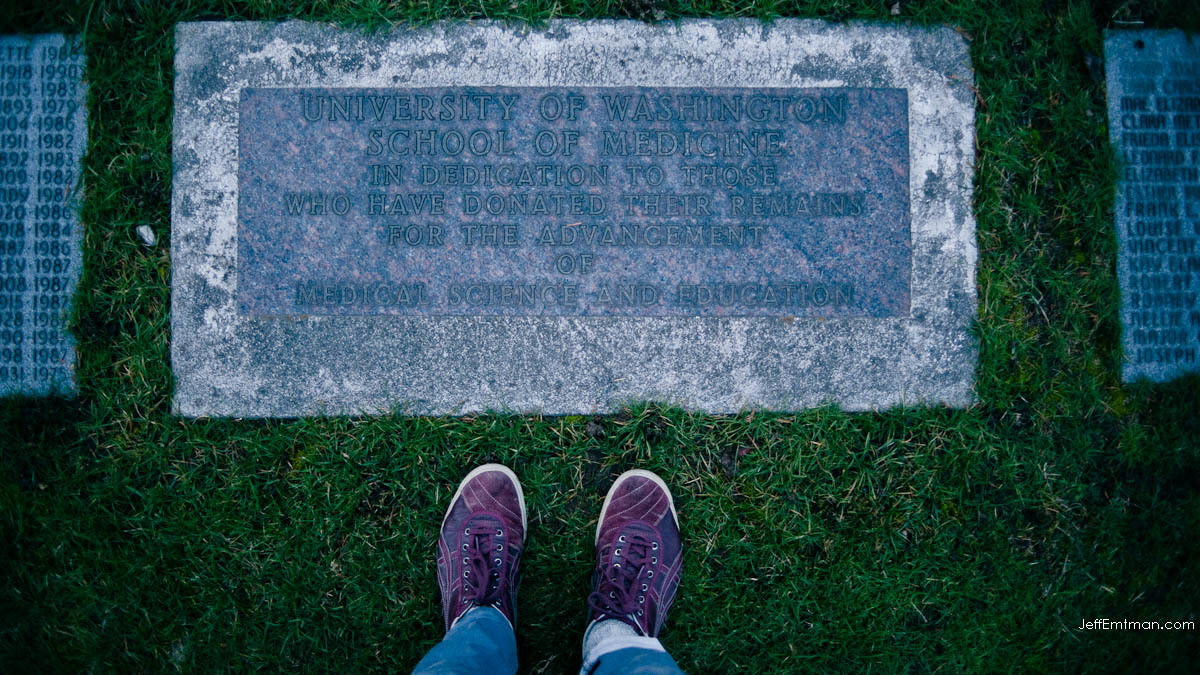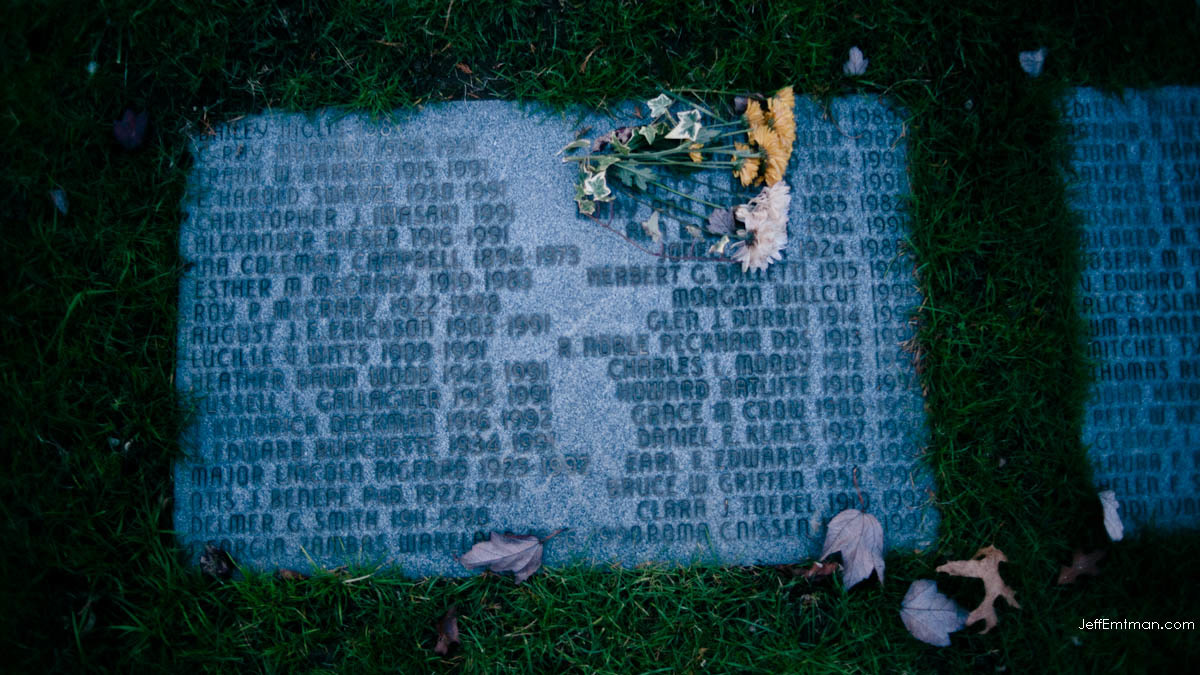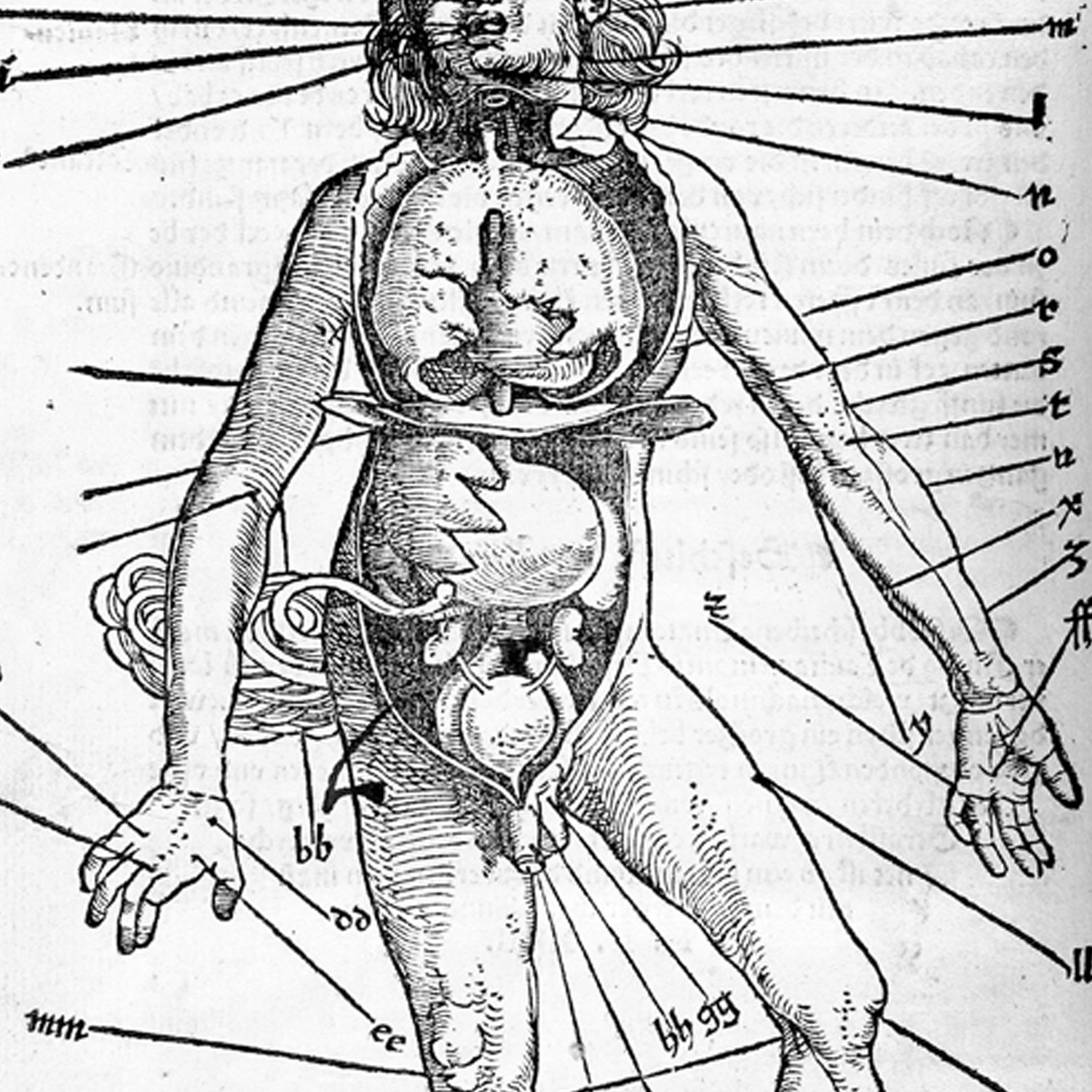HBM039: A Goddamn Missionary
/Terry Crowley understands that he is an imperfect hero. But his efforts to help people in crisis are made possible by his ability to speak their language. That's because Terry himself has Bipolar Disorder and has been treated five times for thinking he was Jesus.
But Terry, who splits his time between the small town of Hoquiam, Washington and Seattle, knows that keeping his delusions in check will mean the success of his mission to help his friends and family and the "crazies" on the street that he checks in with.
The simple fact is that people who live on the street are more likely to have mental illnesses. PBS has a good factsheet about the knowns and unknowns of homelessness
In this episode of Here Be Monsters, Terry often refers to Manic Depression, a condition that, per the DSM-5, has been reclassified as Bipolar Disorder.
Bipolar Disorder is a mental health condition that is characterized by extreme shifts in mood, energy levels, memory, concentration, sleep, sex drive, appetite and self esteem.
The causes of Bipolar Disorder are unknown, but it's thought to be hereditary.
Bipolar Disorder can disrupt personal and professional relationships, but it is treatable. Therapy, medication, support networks can help mitigate its negative impacts.
Bipolar Disorder often goes undiagnosed, misdiagnosed, or untreated. If you experience symptoms of Bipolar Disorder, or know someone who does, help is available.
More information about Bipolar Disorder from the National Institute of Mental Health
If you're feeling suicidal, please reach out to the National Suicide Prevention Lifeline in the US, at 1-800-273-TALK
For help outside of the US, here is a list of suicide prevention hotlines for almost every country
This episode was produced by Jeff Emtman with help from our Producer in Training, Grant Shprintz, and our story editor, Bethany Denton.
Music on the show from: Phantom Fauna ||| The Black Spot ||| Lucky Dragons
Right now, our friends over at NPR's Snap Judgment are running a crowd funding campaign that is critical to the success of great storytelling on the radio. Go ahead and toss them a dollar and tell them HBM sent you. They have some great rewards, too.




